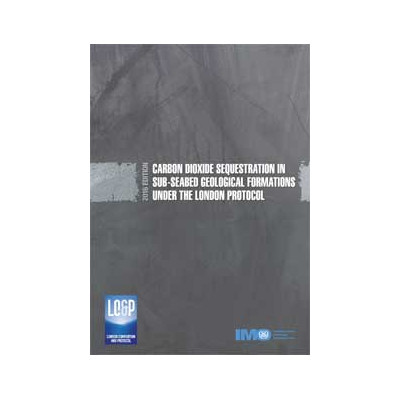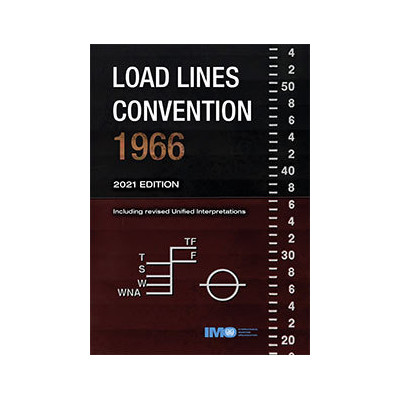Close arrow_back
- menu title
-
Custom Menu
add remove
-
Navigation
add remove
-
menu title
add remove
-
menu title
add remove
-
menu title
add remove
-
menu title
add remove
-
menu title
add remove
- menu title
-
Custom Menu
add remove
- Navigation add remove
-
menu title
add remove
-
menu title
add remove
-
menu title
add remove
-
menu title
add remove
-
menu title
add remove
Ships' Routeing, 2019 Edycja
Both the safety of shipping and the cleanliness of oceans are promoted in many ways, one of which is
the continuing development of routeing measures to control the navigation of vessels and to monitor
their progress.
The measures that are described or defined in parts A and H of this publication are individually
described in parts B (traffic separation schemes and inshore traffic zones), C (deepwater routes),
D (areas to be avoided), E (other routeing measures, such as recommended tracks, two-way routes
and recommended directions of traffic flow), F (the rules and recommendations on navigation that are
associated with particular traffic areas and straits), G (mandatory ship reporting systems, mandatory
routeing systems and mandatory no anchoring areas) and H (archipelagic sea lanes).
This edition incorporates routeing measures that have been adopted before July 2019.
the continuing development of routeing measures to control the navigation of vessels and to monitor
their progress.
The measures that are described or defined in parts A and H of this publication are individually
described in parts B (traffic separation schemes and inshore traffic zones), C (deepwater routes),
D (areas to be avoided), E (other routeing measures, such as recommended tracks, two-way routes
and recommended directions of traffic flow), F (the rules and recommendations on navigation that are
associated with particular traffic areas and straits), G (mandatory ship reporting systems, mandatory
routeing systems and mandatory no anchoring areas) and H (archipelagic sea lanes).
This edition incorporates routeing measures that have been adopted before July 2019.
Podobne z kategorii
Availability: Out of stock
This Guide has been developed to consolidate existing IMO maritime
security-related material into an easily read companion guide to SOLAS
chapter XI-2 and the ISPS Code in order to assist States in promoting
maritime security through development in the requisite legal framework,
associated administrative practices, procedures and technical and human
resources.
It is intended both to assist SOLAS Contracting Governments in the
implementation, verification, compliance with, and enforcement of, the
provisions of SOLAS chapter XI-2 and the ISPS Code. It should also serve
as an aid and reference for those engaged in delivering capacity-
building activities in the field of maritime security.
This second edition of the Guide incorporates guidance approved by the
Maritime Safety Committee on the development of maritime security
legislation as well as maritime cyber risk management, and includes
updated sources for further information to support the implementation of
the ISPS Code.
Availability: 1 In Stock
This publication presents engineering specifications for fire safety equipment and systems required by SOLAS chapter II-2 concerning:
- international shore connections
- personnel protection
- fire extinguishers
- fixed gas fire-extinguishing systems
- fixed foam fire-extinguishing systems
- fixed pressure water-spraying and water-mist fire-extinguishing systems
- automatic sprinkler, fire detection and fire alarm systems
- fixed fire detection and fire alarm systems
- sample extraction smoke detection systems
- low-location lighting systems
- fixed emergency fire pumps
- arrangement of means of escape
- fixed deck foam systems
- inert gas systems
- fixed hydrocarbon gas detection systems.




















 Cookies
Cookies